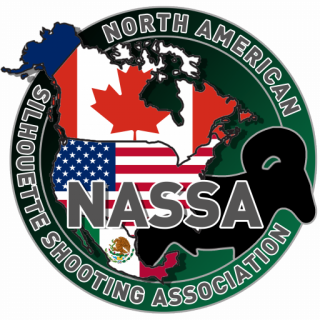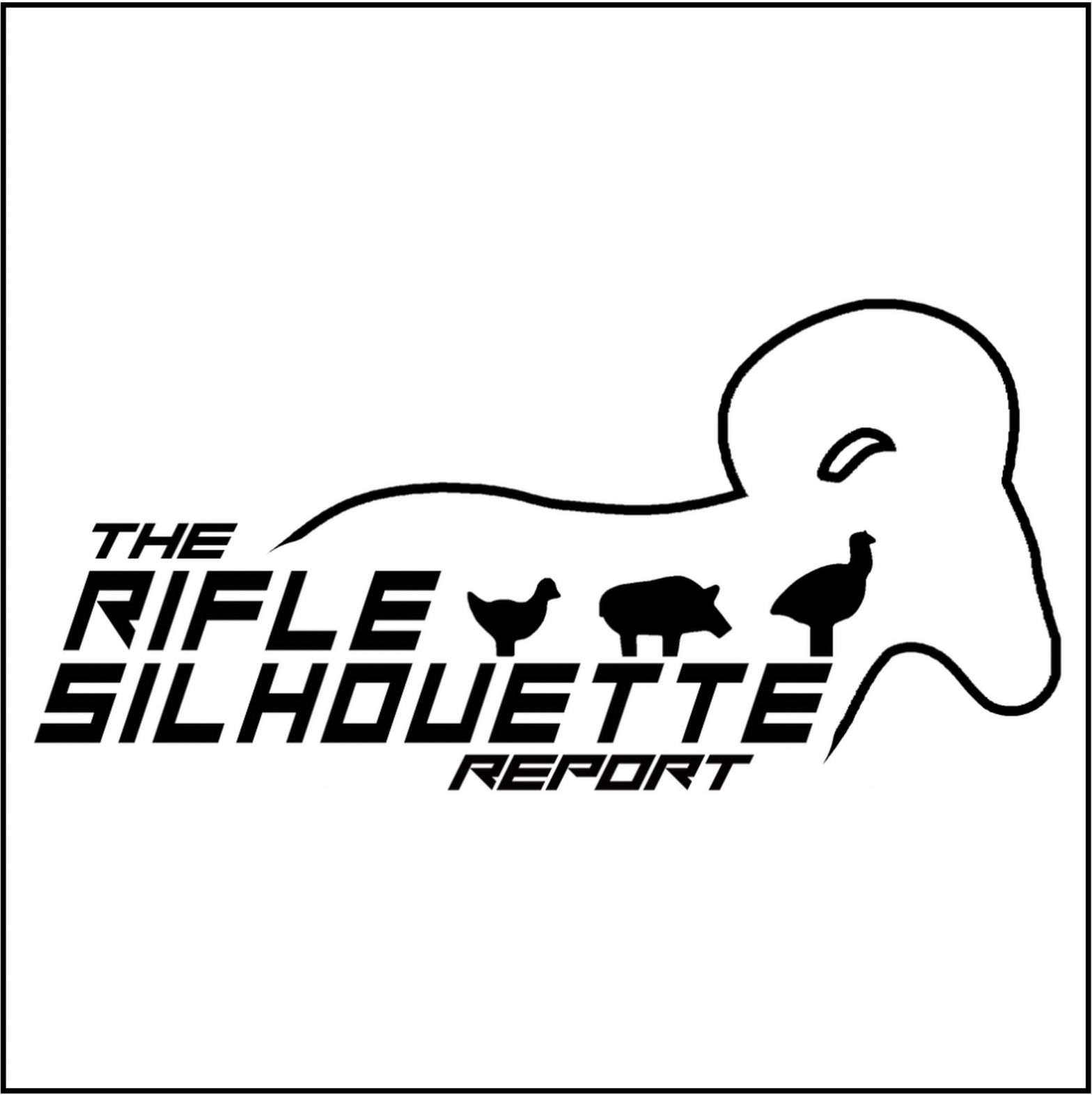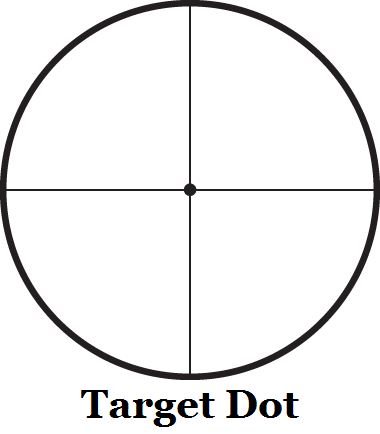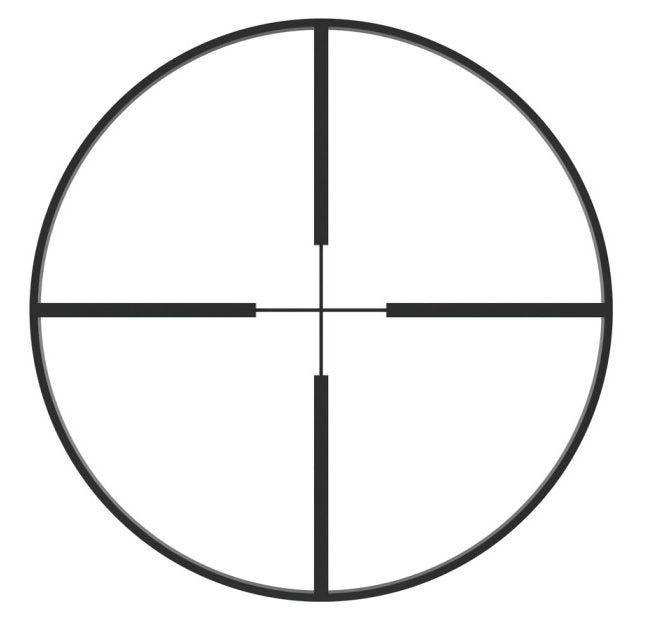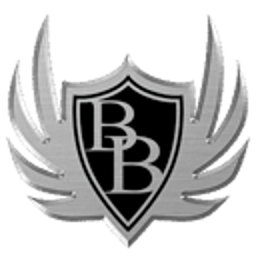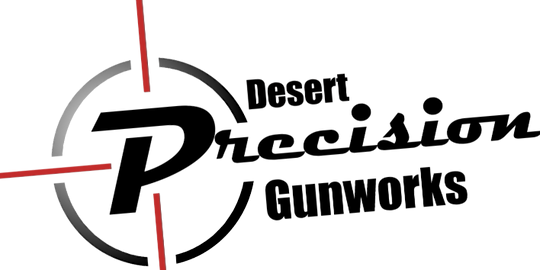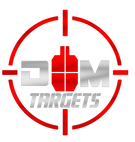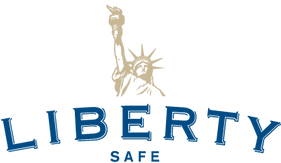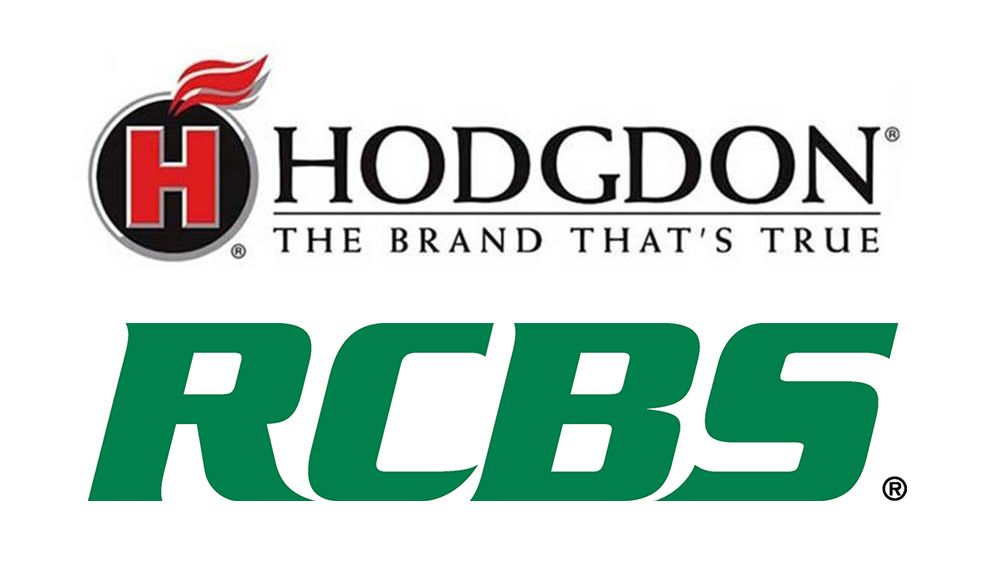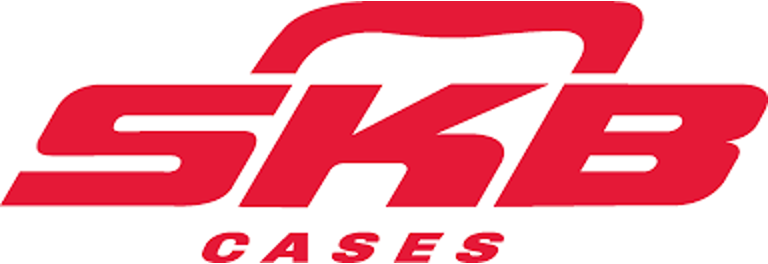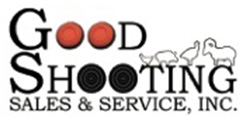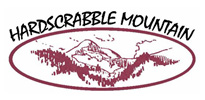What equipment to use and why it’s not that important.
“It’s not about the shoes; it’s about what you do in them.” — Michael Jordan
I really appreciate those of you who have emailed me questions and ideas. It makes it much easier to know what you want to read about if you tell me. I guarantee that you’re not the only person who has your question or is interested in your topic. Even if you don’t have a question, send me the things that you’ve been talking to your shooting buddies about. I want to discuss things that you want to discuss!
Today we have two good questions, both concerning equipment – namely rifles and scopes. The first question contains several questions and observations to address. Let’s jump in!
THE IMPORTANCE OF A CUSTOM RIFLE
Here is the question:
The comments by you and the panel (this refers to the panel Q&A discussion at nationals, moderated and posted here by Erich Mietenkorte) were directed more to how to become a national champion. That’s a necessary topic. The panel all said they shoot one rifle in both classes. Now these rifles are custom fit to the shooter at quite an expense, and takes considerable knowledge. It’s very intimidating to see all the high end rigs to a beginner.
What about the entry level folks? Do you think they could take your rifle and shoot a better score than with their own rifle? If you were handed that person’s stock 1712 with 2# trigger and Leupold 6.5×20 EFR properly zeroed and good ammo. Do you think you could shoot the scores you do or even say a 30?
So, I’m asking for advice to those who need help shooting what they have. A lot of us grew up on the sport when the Remington 541-T was 75% of what was on the line and stock triggers, and we made it to master class barely. The newest champions seem to have stepped into the game with the top of the line, never having worked their way up with what was available. Now I’m not throwing stones at that. I’m just trying to help the new guy and myself get just a little bit better with what we have.
Lets break this down and address each part:
The comments by you and the panel were directed more to how to become a national champion. That’s a necessary topic.
The only difference in becoming a champion-level shooter and just getting better in general is the DEPTH and VOLUME of practice, training and development you’re willing to put into it. There is no way around shooting a LOT to develop into a champion-level shooter. There is also no way around putting in the WORK of building a strong mental foundation to develop into a champion-level shooter – shooting is way more than just physically standing there holding a rifle. There is also no way around learning everything you can about yourself and the external factors that go into shooting to develop into a champion-level shooter. To become a good shooter requires the same things, just to a lesser degree. You can consistently shoot high AAA and low Master scores through practicing the physical act of shooting and ignoring everything else (the mental game, thoughtful preparation for matches, etc.) but you won’t be able to beat the champion shooters that have put in (and are putting in) the time and work.
The panel all said they shoot one rifle in both classes.
For smallbore, it really doesn’t make much sense to shoot two rifles if you are doing most of your shooting in the United States or Canada. I’ve received a few questions on this topic so we will likely dive into this more deeply in a future post.
Now these rifles are custom fit to the shooter at quite an expense, and takes considerable knowledge. It’s very intimidating to see all the high end rigs to a beginner.
I personally have not seen the equipment intimidation with beginners that I hear about. I’ve found that most new folks are more intimidated by thinking they are going to a cutthroat, overly-competitive “shooting competition” than they are by the equipment. If equipment keeps a person from shooting the game they probably don’t really want to be there anyway.
Once a new shooter is at the match and sees how laid-back and enjoyable the atmosphere is, and they have HOPEFULLY had several shooters introduce themselves, the intimidation goes away. I make it a point to explain that there are several very reasonably-priced .22 rifles on the market that will work just fine for starting out, or forever. I think that it’s important to help new shooters, RIGHT AWAY, to know what’s out there and what they should buy to start shooting smallbore silhouette. THIS IS THE JOB OF THE EXPERIENCED SHOOTERS AT CLUB MATCHES!
At our church, we have a saying that a visitor sitting alone on Sunday morning is an EMERGENCY! A church member needs to IMMEDIATELY go over and introduce themselves and make visitors feel welcome. I think the same applies to a visitor at a silhouette match. Feeling welcome and getting to know someone right away will likely take away any intimidation a new shooter feels – even if there are expensive custom rifles on the line.
What about the entry level folks? Do you think they could take your rifle and shoot a better score than with their own rifle? If you were handed that person’s stock 1712 with 2# trigger and Leupold 6.5×20 EFR properly zeroed and good ammo, do you think you could shoot the scores you do or even say a 30?
Let me tell you a true story: In 2011, a few months after I first started shooting silhouette, I took the advice of some of the experienced shooters and bought a CZ 452 and put a 24X scope on it. It had a nice 2-pound trigger like any CZ trigger with a little work. I had it at one of our club matches one day and Jerry Tureau was checking it out. He asked if he could shoot a match with it and I watched him shoot. He shot a THIRTY-SEVEN! Jerry normally shoots an Anschutz 54.18 MSR with a 60-power scope and he picked up a mostly-stock CZ with a 24X scope and shot a 37! Silhouette is NOT about the rifle! It’s the Indian, not the arrow!
Would an entry-level shooter shoot my rifle better than their stock rifle? Maybe. The thing about entry-level shooters is that they have not likely shot enough to get really used to their rifle. They might pick up any rifle and shoot it better than any other rifle. I don’t know what an entry-level shooter is going to shoot best. But one thing I do know is that I can DEFINITELY break 30 with that stock 1712 I was asked about. I could do a LOT better than that! I shot a completely stock Anschutz 1712 for years while I gained the understanding of myself and how exactly I want my rifle to feel; then I built the custom rifle I shoot now. Did I shoot great scores with the 1712? Absolutely! (One of our outstanding junior shooters is still shooting great scores with that rifle.) Did I NEED a custom rifle to win championships? Not at all! I could have shot that rifle for the rest of my shooting career and been just fine.
I shoot a custom rifle because I like it and because I shoot enough silhouette to justify the cost of building it. That rifle MIGHT get me ONE more target out of 1000 over the 1712 – MAYBE. Custom rifles allow you to have a SLIGHTLY better fit with a different stock. Or a SLIGHTLY better balance with a different weight barrel. Or a SLIGHTLY better trigger than you can get on a factory rifle.
Since I mentioned the trigger, let me give you an opinion. (This is just my opinion, other opinions definitely vary.) I believe that the most important part of a silhouette rifle is the trigger and I believe that the trigger is the most significant difference between a rifle like the Anschutz 1712 and one like the CZ 457. Some shooters like one type of trigger and some like others. I shoot a two-stage trigger best. So, for me it was a worthwhile upgrade to go from my CZ 452 with a nice single-stage trigger to an Anschutz 1712 with a nice two-stage trigger. The CZ was just as accurate as the 1712 and with the same stock they feel similar to hold. If I were to prefer a single-stage trigger, I wouldn’t NEED to change from the CZ. (I might WANT to, which is fine, but I wouldn’t NEED to for better scores.) Hayley Kunzli, one of the best shooters in Louisiana, still shoots her CZ 452 and shoots high master scores all the time. Jake Stine finished third overall in the Monarch Cup shooting his CZ even though he has a fully custom FrankenHunter rifle at home – he just prefers the CZ. It’s not about the rifle!
So I’m asking for advice to those who need help shooting what they have.
My advice to help shooters to better shoot what they have is to shoot what you have. Shoot it A LOT. Shoot until you start getting better then shoot a lot more. Shoot with the best shooters you can. Learn from them. Ask questions. (Email questions to me!) Learn how to practice (newsletter posts coming on that topic!) Learn how to think your way through a match (that topic is coming too!) Do all the things you’d have to do to improve if you had a $4,000 custom rifle – because those things are the same. Custom rifles are nice! VERY NICE! If you want one and can afford one, build one! But don’t expect it to turn a mediocre shooter into a good shooter, or a good shooter into a great shooter, or a great shooter into a champion. It wont do that. A custom rifle will turn a good shooter into a good shooter that really loves his rifle.
You cant buy good scores in this game. There are no shortcuts in silhouette. There is hard work, time, and learning. Then there is more of the same.
My beautiful custom rifle is not so beautiful anymore. The bluing is rubbed off on the action where one of my fingers rubs it when I shoot. The paint on the stock is worn down in spots. There are chips and nicks and scratches. The butt pad is held in place with duct tape! It has a lot of the same scars as that first CZ from 10 years ago. It gets shot a lot, just like that first CZ from 10 years ago. It knocks down a lot of targets, just like that first CZ from 10 years ago. It’s a GREAT rifle, just like that first CZ from 10 years ago. But it’s not about the rifle.
WHAT ABOUT SCOPES?
Hi there, I’d like to hear about silhouette scopes. How much power, scope brands. etc. Thanks for Your time.
Scopes are the single most frustrating equipment choice in silhouette because the market is really not providing very many good options for silhouette shooters right now. Leupold thankfully is stepping up with the new VX3-HD but the trend in the industry now is heavy scopes with VERY complex, busy reticles. That leads me to the first consideritation for a silhouette scope, the reticle.
Reticle
I personally think that the reticle is the most important part of a silhouette scope and the key is to keep it simple! The simpler the reticle, the better. That said, I think that there are really only two types of reticles that make sense for silhouette: a dot reticle or a duplex reticle.
A dot reticle is simply a dot in the middle of two thin crosshairs. I think this is the best reticle to shoot in silhouette and I think most shooters agree with me. All of my silhouette scopes have dot reticles with 1/2 MOA dots. It’s important to have a big enough dot. I recommend a 3/8 MOA dot or larger. (Although 1/4 MOA will work fine if you always shoot with a good backstop like with air rifle silhouette.) I don’t think any manufacturers currently make a scope with a dot reticle 3/8 MOA or larger. The diamond reticle in Leupold’s new VX3-HD should perform very similar to a dot.
A duplex reticle is a crosshair. The crosshairs get heavier (darker) away from the center. Duplex reticles are popular for hunting because they are simple and fast. I personally like a dot reticle more, but a duplex will certainly work.
Magnification
Magnification is a very personal thing. I personally shoot 24X or 25X on all my silhouette scopes. This is what I started with and I have never changed. It’s enough magnification to be able to clearly see spots on the target to aim at but it’s not so much magnification to overwhelm your brain when your hold isn’t perfect. I believe that too much magnification requires us to have a really good hold and punishes us on days that we are not holding our best.
Shoot whatever magnification you like best but my advice is to stick with the same magnification for all your silhouette rifles and don’t adjust the magnification during a match (if you have a variable power scope).
As we practice, our brains get used to seeing movement in the scope and our brains help us to slow that movement down to take the shot. Movement looks different in a 24X scope than it does in a 36X scope. If you shoot more than one silhouette rifle, make sure your scope magnification is the same so that the movement that your brain sees through one scope is the same as it sees through the other. The less adjusting we are forcing our brain to do, the better.
For the same reason, I recommend that you never adjust the magnification of your scope during a match. I see some shooters that shoot chickens on 18X, pigs on 25X, turkeys on something else, etc. I don’t think you should do that. Pick a magnification and leave it there, always.
Another question I’ve been asked is whether shooters should shoot smaller magnification for air rifle since the targets are closer, or larger magnification for highpower, since the targets are further. The answer to that question is NO. Shoot the same magnification for everything. The targets are scaled to the proper size for the distances they are set. You don’t need to do anything more.
Remember, magnification is all about the movement that your brain sees in the scope. The more consistent the movement, the better. Keep the movement as consistent as possible by always shooting the same scope magnification.
Brands and Models of Scopes
Back in 2013, I wrote recommendations for scopes in response to a question on SteelChickens. I went and looked that answer up in preparation for answering this question and I found that my recommendations haven’t really changed. These are the scopes that I recommended back then and I still recommend them now. Of course, if you want to find one of these you’ll have to find them used because they’re not made anymore. But they are out there if you look and they are worth the effort to find one!
I would try to find one of these scopes:
1. Leupold (fx-iii is great, as is the BR series and the vx-3)
2. Weaver T-series
3. Sightron Big Sky silhouette
4. Bushnell Elite 4200
That is not in the order recommended or anything but you won’t go wrong with any of those. I have at least one of every scope listed.
For smallbore, I use the older Weaver T-24s with 1/2 MOA dot reticles and 1/4 MOA adjustment clicks. I believe (just my opinion) that Weavers have the most reliable and robust tracking system. Reliable tracking is extremely important. I like the 1/4 MOA adjustment because it keeps all of my adjustments from chickens to rams within one revolution on the knob. Also, smallbore is only shot out to 100 meters so the clarity of the glass is not a premium. All of my Weavers have nice class but it’s not exceptional. Finally, when I dry-fire, I do it at 16 yards and the Weavers (and Bushnells and Sightrons) focus down to 16 yards without any adapters.
On my two Open air rifles, I have a Bushnell 4500 and a newer Weaver t-24 that I had the reticles changed from a 1/8 MOA dot to a 1/2 MOA dot. Those scopes both have 1/8 MOA adjustments but I don’t adjust any more than 3 minutes total from chickens to rams so it doesn’t matter.
On my Highpower rifles I shoot Leupold FX3s with 1/2 MOA dot and 1/4 MOA adjustments. I shoot this scope over a Weaver because it has longer eye relief and that is good for a rifle with recoil. Also, the Leupold scopes are incredibly clear and that’s nice shooting out to 500 meters.
Who reading this has connections with a scope manufacturer (like Vortex) that can push that manufacturer to make a 18X-36X scope with a 1/2 MOA dot reticle? We REALLY need this scope on the market!
CORRECTING A MISTAKE
Correcting mistakes is essential in everything we do in life, and shooting is no exception. Just as I make mistakes shooting silhouette and try to correct them, I make mistakes in this newsletter that need correcting. Here is one. In my October 11 post, here, while writing about adjusting position, I mentioned bringing your feet closer together to adjust your aim higher and spreading your feet further apart to adjust your aim lower. I wrote this wrong – the opposite is correct. If you need to adjust your feet to bring your aim DOWN, move your back foot CLOSER to your front foot (only a couple millimeters or so). If you need to adjust your feet to bring your aim UP, move your back foot FURTHER FROM your front foot. Try to move your back foot when making an adjustment like this. Your front foot should be as close to the firing line as you can get it and shouldn’t move much unless you need to completely reset.
Until next time, keep shooting!
Thanks for reading The Rifle Silhouette Report! Click on the link below to subscribe for free, receive new posts and support my work.


